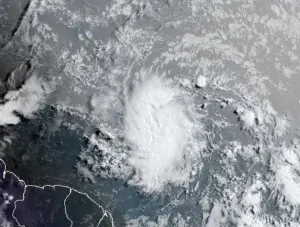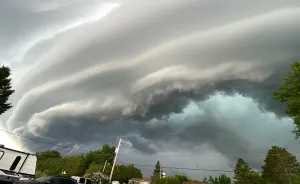
Firefighters make progress on Alberta wildfires as more evacuees return home
Rainfall has helped firefighters in Alberta as many wildfire evacuees are finally allowed to return home.
As of Wednesday afternoon, there were 65 wildfires in the province's forest protections zones. Of these, 17 are still considered out of control.
"The extreme rate of growth we saw on the wildfires earlier this month has now slowed," Alberta Wildfire information unit manager Christie Tucker said at a news conference.
Rainfall over the previous few days allowed firefighters to reinforce firebreaks and put out hot spots, she said.
Visit The Weather Network's wildfire hub to keep up with the latest on the active start to wildfire season across Western Canada.
Tucker said more assistance arrives every day, with 25 firefighters from New Zealand coming to Alberta Wednesday, and another 200 landing from Australia this weekend.
"The season isn't over and we're planning for what will be needed over the coming months to extinguish the large, complex wildfires that we've had this year."
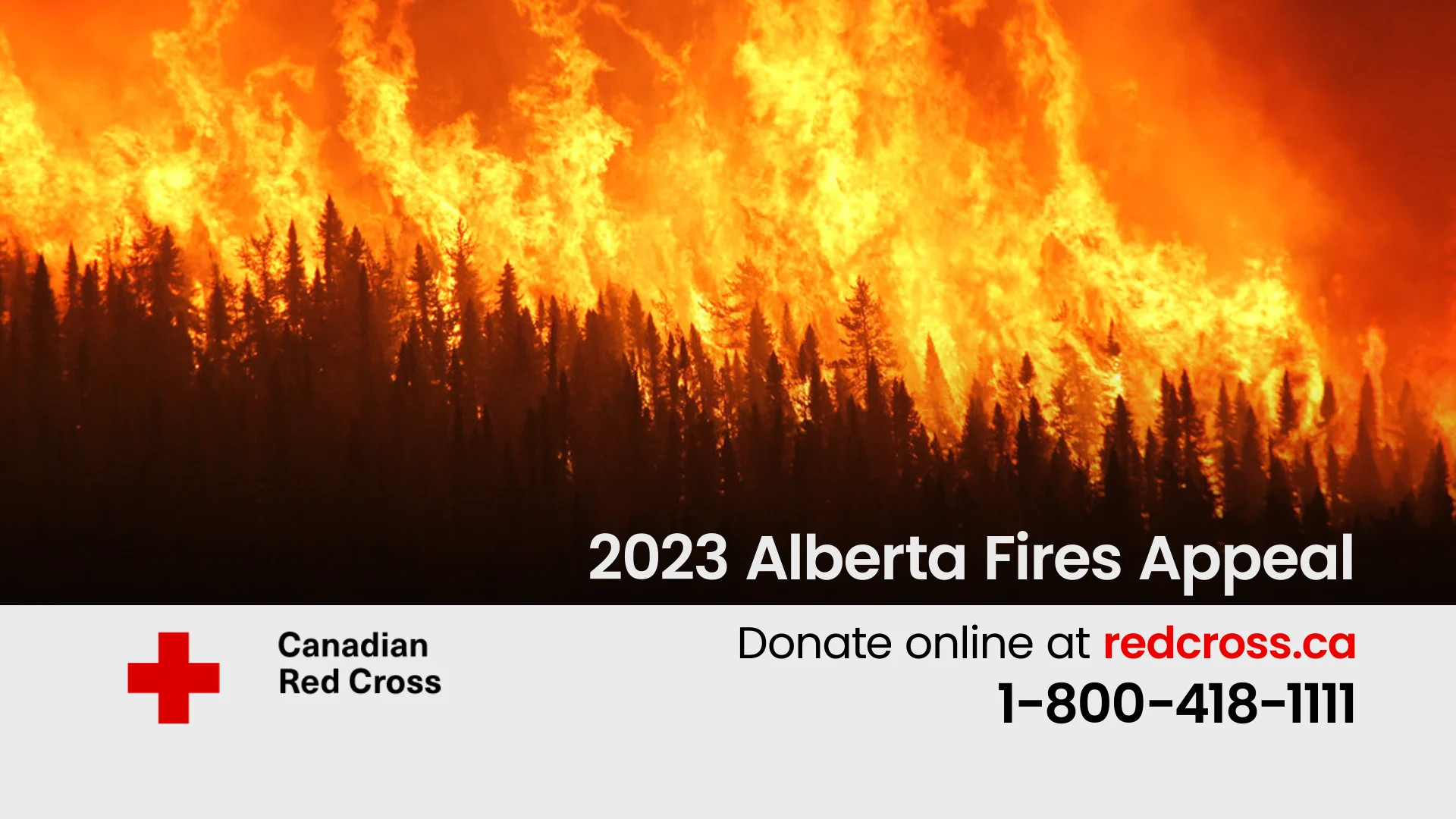
About 7,000 people remain under evacuation orders — 3,000 less than the previous day. Evacuees from the O'Chiese First Nation, Swan Hills, Fox Creek and Little Smoky are being allowed to return home.
Some are still under evacuation alert, meaning they must be ready to leave quickly.
More than one million hectares in Alberta have burned so far. Eleven wildfires of note, ranging in size from around 10,000 to 200,000 hectares, are still in play. Nine of those fires are out of control.
Officials say this year's wildfire season is now the second-worst wildfire season on record. The previous record was set in 1981, when 1.3 million hectares burned.
By this time last year, only 450 hectares had burned.
Rainfall warnings that covered western Alberta have now been rescinded. A special air quality statement caused by smoke remains in effect for only a portion of northern Alberta.
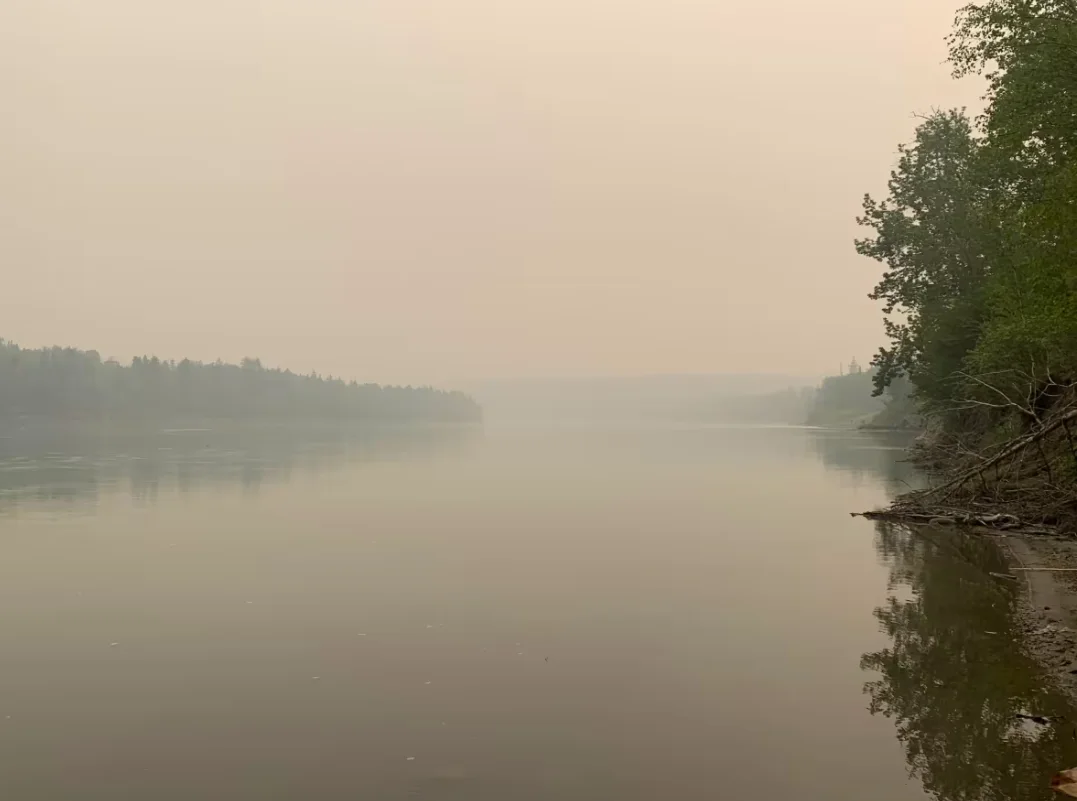
Smoke blankets the North Saskatchewan River in Edmonton on May 20, 2023. (Paige Parsons/CBC)
Dene Tha' First Nation
In Chateh, a community that's part of Dene Tha' First Nation in northern Alberta, more than 700 people were forced to flee on May 13.
"We went through a lot of challenges but slowly the people are pulling together," Chief Wilfred Hooka-Nooza said, adding that the community is now looking at re-entry, but power must first be restored.
A 400-person camp is being set up on one of the nation's properties in High Level. Chateh has been evacuated multiple times in recent years either for fires or floods and Hooka-Nooza said it was still early in the season for fires.
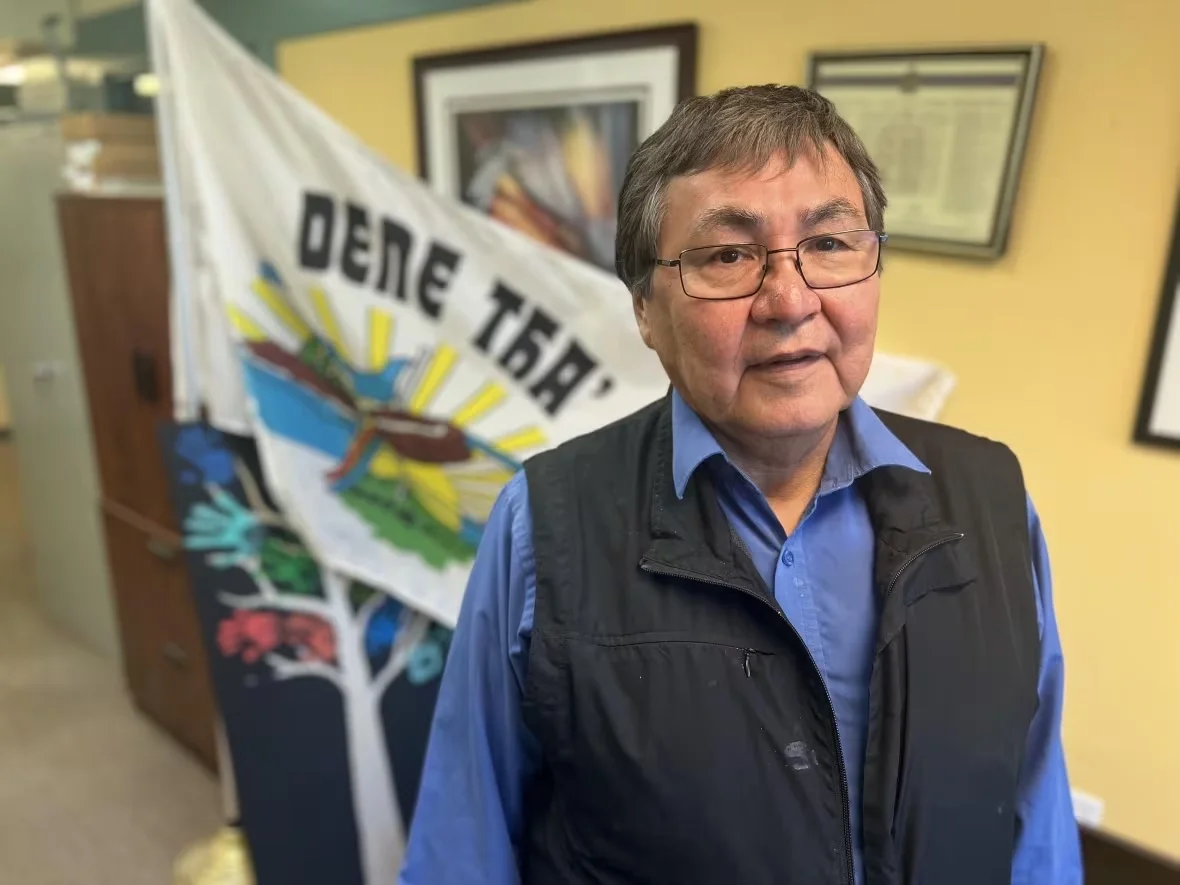
Chief Wilfred Hooka-Nooza of the Dene Tha' First Nation says a temporary camp for evacuees is being set up in High Level. (Rob Krbavac/CBC)
The nation is also working to set up a new mental-health support facility, which Hooka-Nooza said is much needed.
Celine Mercredi, who left Chateh with her daughter, grandson and great-granddaughter, agrees with that assessment.
"Even now, here, people talk to me and I have nowhere to send them," she said.
Dene Tha' elders are being housed in an evacuation centre with rooms, shower and kitchen, while families camp in tents outside. Mercredi said they are being well taken care of but "it's not home.
"It's really hard being misplaced and not knowing what's going to happen next."
WATCH: It's wildfire season, pack your 'grab-and-go' box with these items
Thumbnail image courtesy of Mike Symington/CBC.
This article, written by Stephen Cook, was originally published for CBC News. It contains files from Kayla Hounsell.






